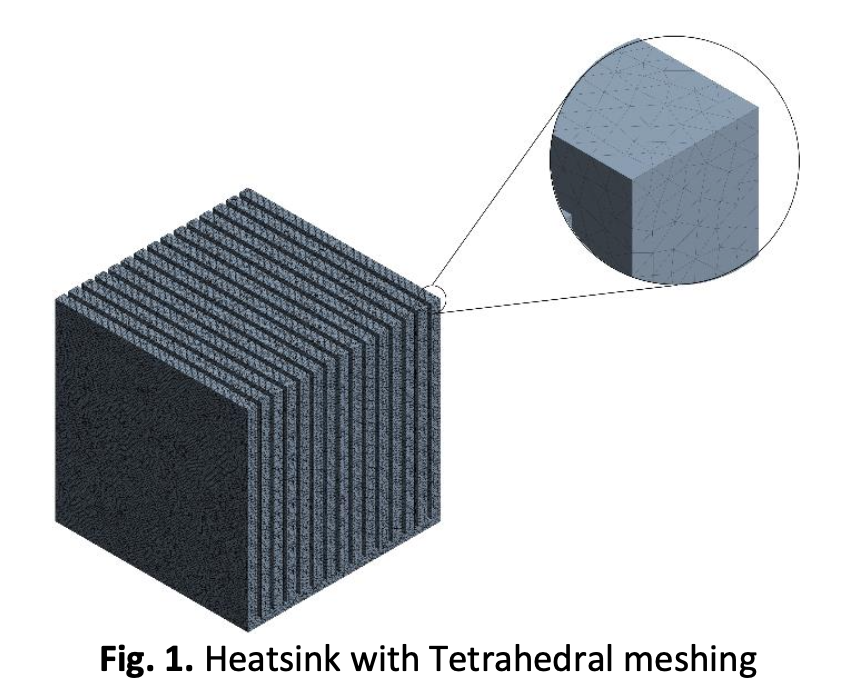Design and Optimization of Heatsink for an Active CPU Cooler using Numerical Simulations
DOI:
https://doi.org/10.37934/arfmts.111.2.214224Keywords:
Forced convection, heatsink, topology optimization, fin profileAbstract
Heat generation in CPUs with high computing performance has been a very serious issue that deteriorates their performance. To ensure that CPUs operate at their maximum potential, it is essential to maintain their temperature below 80 °C. Forced convection coolers comprising of a heatsink and fan are considered the most effective means of satisfying operating temperature requirements for a CPU in order to ensure its maximum performance. A heatsink design paired with a fan with airflow speed of 80 cubic feet per minute (CFM) for a CPU Cooler targeted at CPUs with maximum heat generation of 380 watts operating in ambient temperature of 25 °C, is developed using numerical methods of Computational Fluid Dynamics (CFD) and topology optimization using ANSYS Mechanical and ANSYS Fluent. Various fin profiles, fin arrangements, fin numbers and heatsink materials are comparatively analyzed. The best results from the comparative analyses are combined to present a base design capable of keeping the CPU temperature below 80 °C, which is the requirement for ensuring maximum computing performance. A 30 fin heatsink with covered rectangular plate fins in an arc-shaped placement configuration is determined to provide the maximum cooling performance. In materials, Silicon Carbide resulted in the lowest CPU temperature of 78°C, followed by copper at 84 °C. Silicon Carbide heatsink successfully managed to satisfy the requirements for maximum CPU performance. Copper heatsink is unlikely to cause CPU failure, but it fails to meet conditions for maximum CPU performance. In addition, this base design is then optimized for material cost reduction using topology optimization which resulted in 13% reduction in material cost with a negligible cooling performance reduction of only 0.32%. The overall design of the cooler can be improved by incorporating fan design and various CPU load conditions into the design parameters in future research.
Downloads

































